The
weather is nice, good for a walk and picnic.
I
can see Nolsoy or needle island from my window. Or not, depending on the concentration
of the clouds. There I go. The island has been positioned so that it protects the
capital from easterly winds. In Nolsoy one can walk to the southern Borðan
lighthouse that was called a lighthouse in the end of the world by the Faroese
author William Heinesen.
In
the harbor there is a sign with a picture of storm petrel and warning not to
leave any rubbish. And explanation: rubbish pollutes nature and feeds the rats
that are the biggest threat to the birds on the island. A huge colony of storm
petrels nests here on season. It is still necessary to explain to people why it
is not smart to dilute garbage by throwing it around you (check out: Japan and
radioactive waste). Generally there is no garbage here. Probably because there
are also not many tourists although when a local forgets his/her car window
open then a cigarette stump might fall out. In April last year the Faroe
Islands were closed for maintenance. Only who agreed to participate in cleaning
could visit. A smart move.
Today
there are no storm petrels, rats or tourists to be seen. Not even wind. Only
quiet hay listening under thin snow, sheep climbing the hills and deafening
silence. Once I get to the lighthouse it beams dashing white in sunshine.
Done
with the trail I wander about the village a bit and then read in the terminal
building until the ferry arrives. The streets in Tórshavn are slippery and
steep.
I
finished the Faroese language book that dealt with an interesting set of problems.
In the background of making their own constitution evolves a fishing conflict. Danes
hold Faroese constitution to be in conflict with the Danish one and adopting it
equals leaving the kingdom. Leaving would affect Faroese social security and
educational life. At the same time the Faroese have to negotiate fishing quotas
with Russians and Norwegians. When Norwegians seize a ship due to different
interpretation of international law then they don’t agree to discuss the matter
with the Faroese because foreign policy is Copenhagen’s domain. The Danes have
some more important stuff to haggle about with the Norwegians. The bankruptcy of
the fishing company affects the whole island community. The Danish reaction in
the end of the book is not very credible but a thought-provoking read
nevertheless.
It
is not based on real events but there are some parallels. A referendum about
constitution was planned but quietly postponed. Fish war did happen. The Faroe
Islands’ fisheries were trapped between climate change and big politics.
Climate change has brought more herring in the islands’ waters (warmer ->
phytoplankton -> zooplankton -> herring). By fishing it is not possible
to separate herring from the rest of the catch and Faroese laws don’t allow
anything to be thrown back into the ocean. All fish are counted and go in the
quota. When the quota is full then neither herring fishermen nor other can fish
anymore in this season (herring would be the by-catch). The Faroe Islands
increased their quota one-sidedly. EU then started to boycott Faroese fish and
ships. Russians were willing to buy the fish because due to sanctions for of the war in Ukraine they boycotted EU, Icelandic and Norwegian products. The
Faroese declared that since Copenhagen deals with foreign policy and their
opinion is not asked then they don’t have one but only talk about fish. Later
there was an agreement with the EU. 95% of Faroese exports is fish.
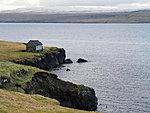
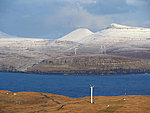

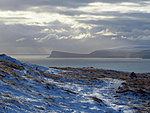
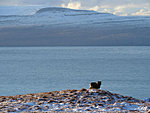
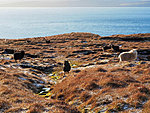
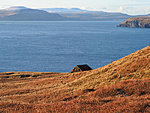
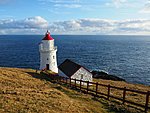
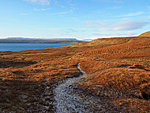
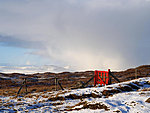
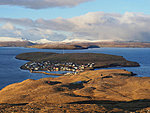
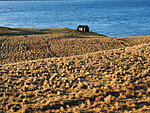
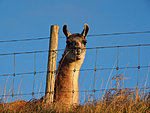
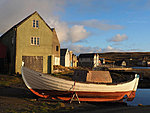

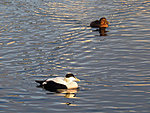


Add a comment